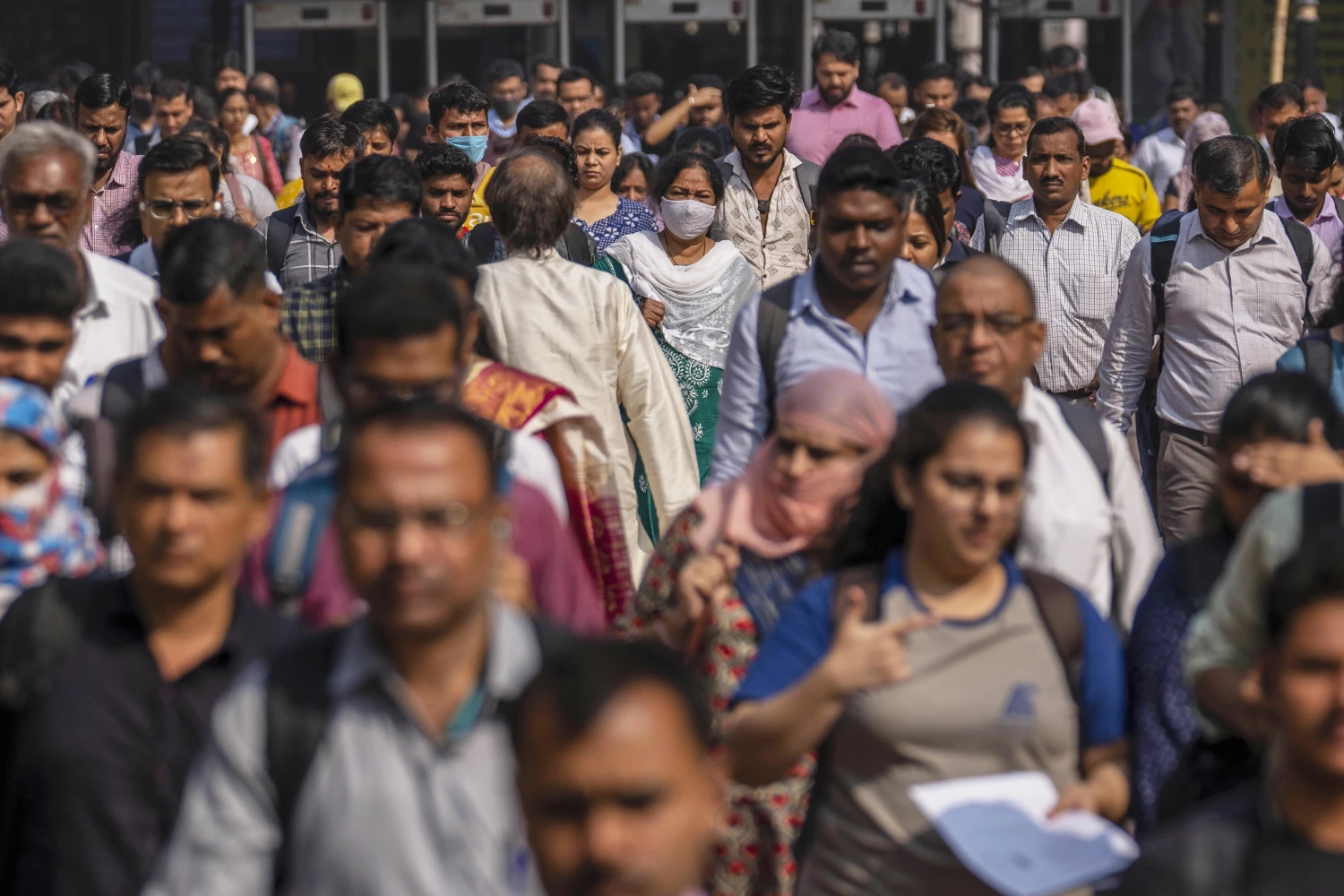India has officially surpassed China to claim the title of the world’s most populous country, as reported by the United Nations Population Division. With an estimated population of over 1.425 billion people, India has achieved this remarkable milestone despite its land area being almost three times smaller than China’s. China, which had held the population record since the 1950s, reached its peak of 1.426 billion inhabitants in 2022 before experiencing a decline.
The latest data from the United Nations indicates that while India’s population growth rate has slowed down, it still outpaces that of China. Both countries, however, have witnessed declines in their fertility rates. In 2023, India’s population growth rate stands at 0.61 percent, marking the smallest increase since 1960. Although lower than the population growth rates of countries like Bangladesh, Morocco, and Colombia, India continues to see a significant number of women entering their reproductive years, contributing to its population growth. In fact, India accounts for 23% of the global working-age population growth between 2020 and 2025, solidifying its impact on the global demographic landscape.
India’s demographics reveal a notable distribution across various age groups. According to the United Nations Population Fund report, 25 percent of India’s population comprises children aged 0-14, while 68 percent falls within the 15-64 age category. In contrast, China has a lower percentage of its population in the younger age groups.
Beyond the realm of demographics, India’s population growth has broader implications. The country has been a popular tourist destination, attracting millions of visitors from around the world to iconic landmarks like the Taj Mahal and the Amber Palace. However, the COVID-19 pandemic has significantly impacted tourism numbers, leading to a decline compared to previous years.
India’s newfound status as the world’s most populous country highlights a multitude of complex challenges and opportunities that lie ahead. The government will need to address critical issues such as healthcare, infrastructure development, and resource management to ensure sustainable growth and high quality of life for its ever-growing population.
In conclusion, India’s population has now surpassed that of China, solidifying its position as the most populous country globally. Despite its smaller land area, India continues to experience a higher population growth rate compared to China. This significant shift in population dynamics brings with it both opportunities and challenges as India strives toward sustainable development and endeavors to provide its growing population with a prosperous future.




